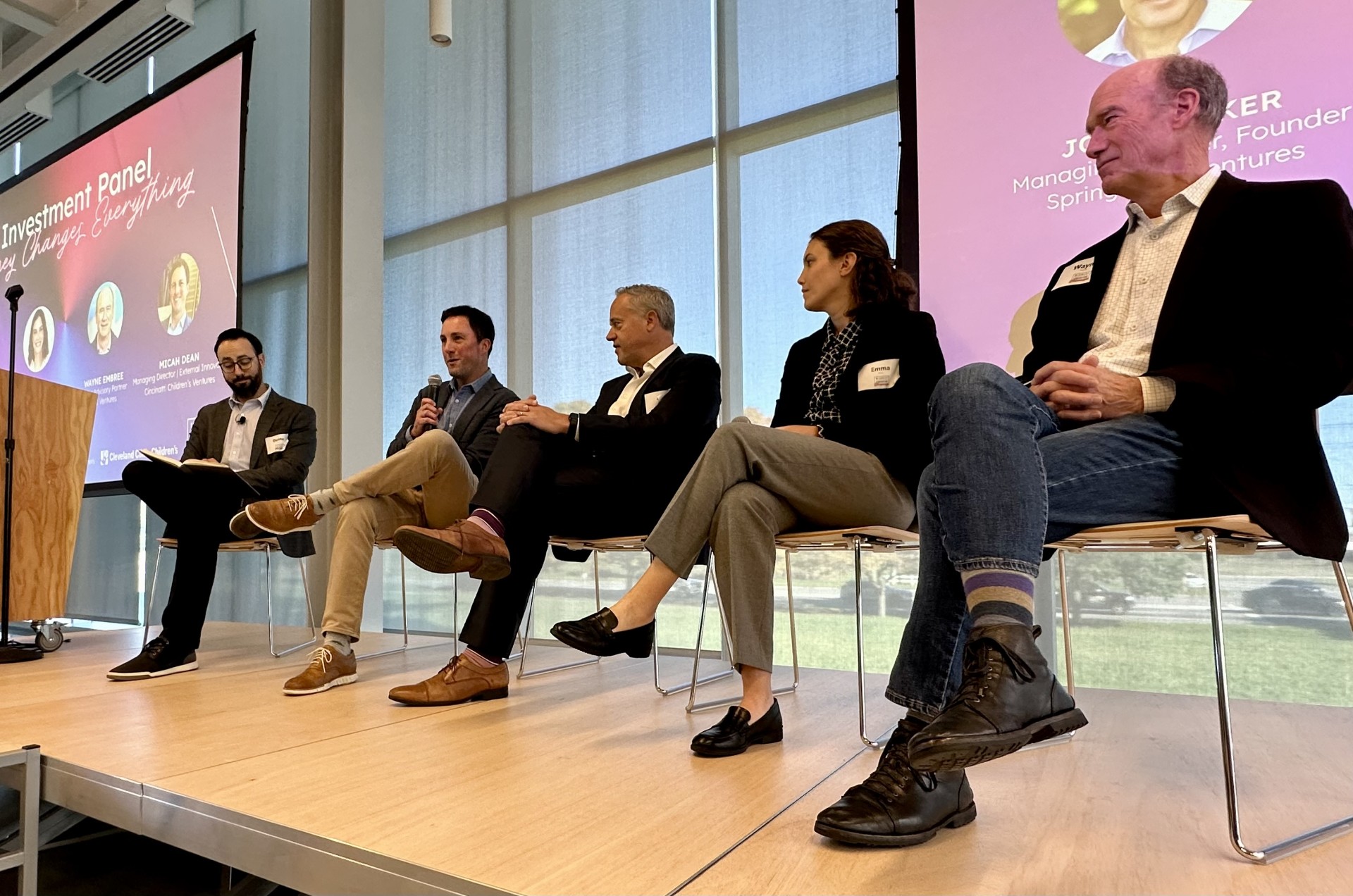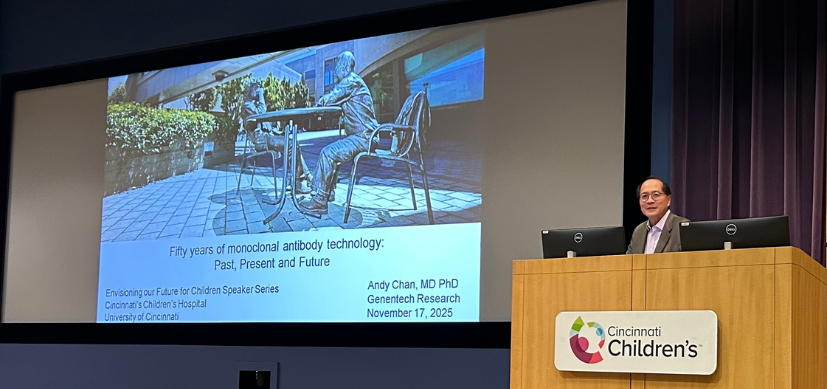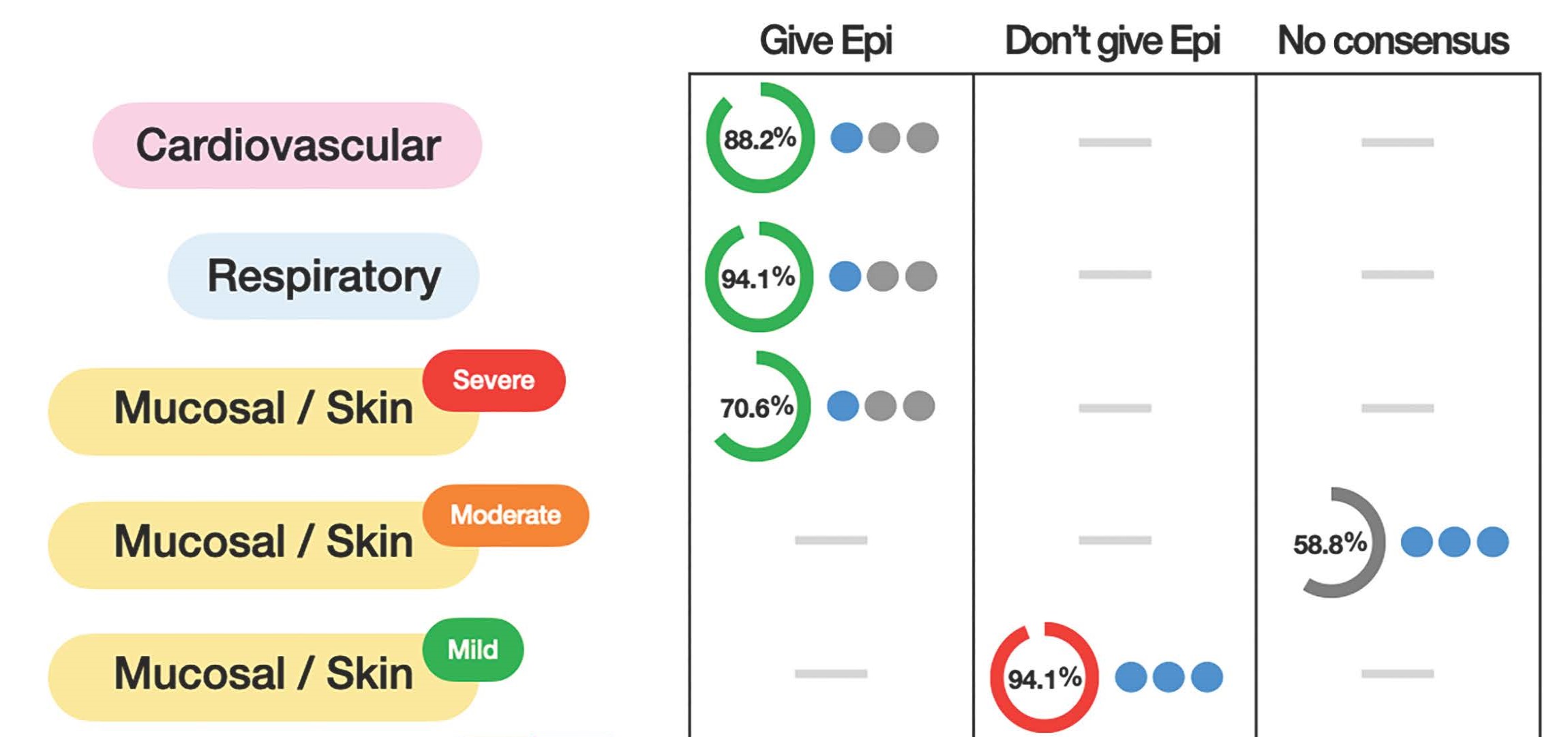Unlocking Investment in Pediatric Devices: Challenges and Opportunities
Post Date: November 8, 2024 | Publish Date:

Navigating Medical Device Innovation
Investors in medical innovation, such as venture capital firms and industry partners, are drawn to opportunities with a substantial “total addressable market,” offering a reasonable chance of financial return even for high-risk, early-stage investments. Pediatric medical device development rarely checks those boxes.
The path to develop a pediatric medical device requires regulatory approval, which can entail anywhere from a few months to almost a decade of extensive research and testing. That can be quite costly, and, in the end, there may be only a few thousand customers for the new device.
In a recent panel discussion hosted by the Midwest Pediatric Device Consortium (MPDC) and moderated by Duane Mancini, MSc, CEO of Project Medtech, industry experts discussed the needs, challenges and opportunities in pediatric medical device investment.
Targeting the Right Investors for Pediatric Innovations
One of the key challenges in pediatric innovation is finding suitable investors. As John Parker, MBA, managing partner and founder of Springhood Ventures noted, “A big part of it is matching what you’re trying to accomplish with your market, whether it’s big or small, with the right kind of investor.” He emphasized that smaller markets, such as those in pediatrics, often require targeted approaches that match the investor’s expectations, particularly in terms of scale and timelines. Pediatric innovators may find success with smaller funds, angel investors, or those with mission-oriented goals, rather than larger, mainstream venture funds.
Leveraging Market Advantages in Pediatrics
Emma Moran, PhD, director of strategy and development for CobiCure, highlighted the often-overlooked advantages of the pediatric market. “In the pediatric space, you could probably have a pretty high market share with fairly low competition,” Moran said. “Given the smaller patient populations and the typically underserved nature of pediatric health, devices and solutions targeting these markets can benefit from less competitive pressures and potentially higher margins.”
Moran also discussed efficiencies in pediatric clinical trials, such as smaller clinical trials and reduced commercialization costs, making it an attractive area for innovation despite its limitations.
The panel also highlighted the potential for expanding pediatric innovations into adult markets. Micah Dean, director of External Innovation for Cincinnati Children’s, noted that many companies focus on adult healthcare, avoiding pediatrics, which makes up just 18% to 20% of the market. Panelists agreed there’s untapped opportunity in adapting adult solutions, especially in areas such as congenital heart disease, where up to 90% of devices are used off-label.
Finding Mission-Aligned Investors
Wayne Embree, senior advisory partner for Rev1 Ventures, offered advice on seeking investment, particularly for startups looking to scale. “Don’t be afraid to go after strategic investors,” he said. “Such investors often bring more than just capital—they bring market insights and alignment with broader strategic goals.” Embree shared that one of Rev1’s portfolio companies benefitted from an early strategic partnership that provided not only funding but also a clear pathway through clinical studies and potential commercialization.
Such insights underscore the importance of strategic alignment and understanding market dynamics for anyone looking to innovate and take the next steps in developing a pediatric medical device. The panelists emphasized that it is good to consider how best to align with investors who understand the unique challenges and opportunities in pediatric healthcare, especially given that children are not small adults.






